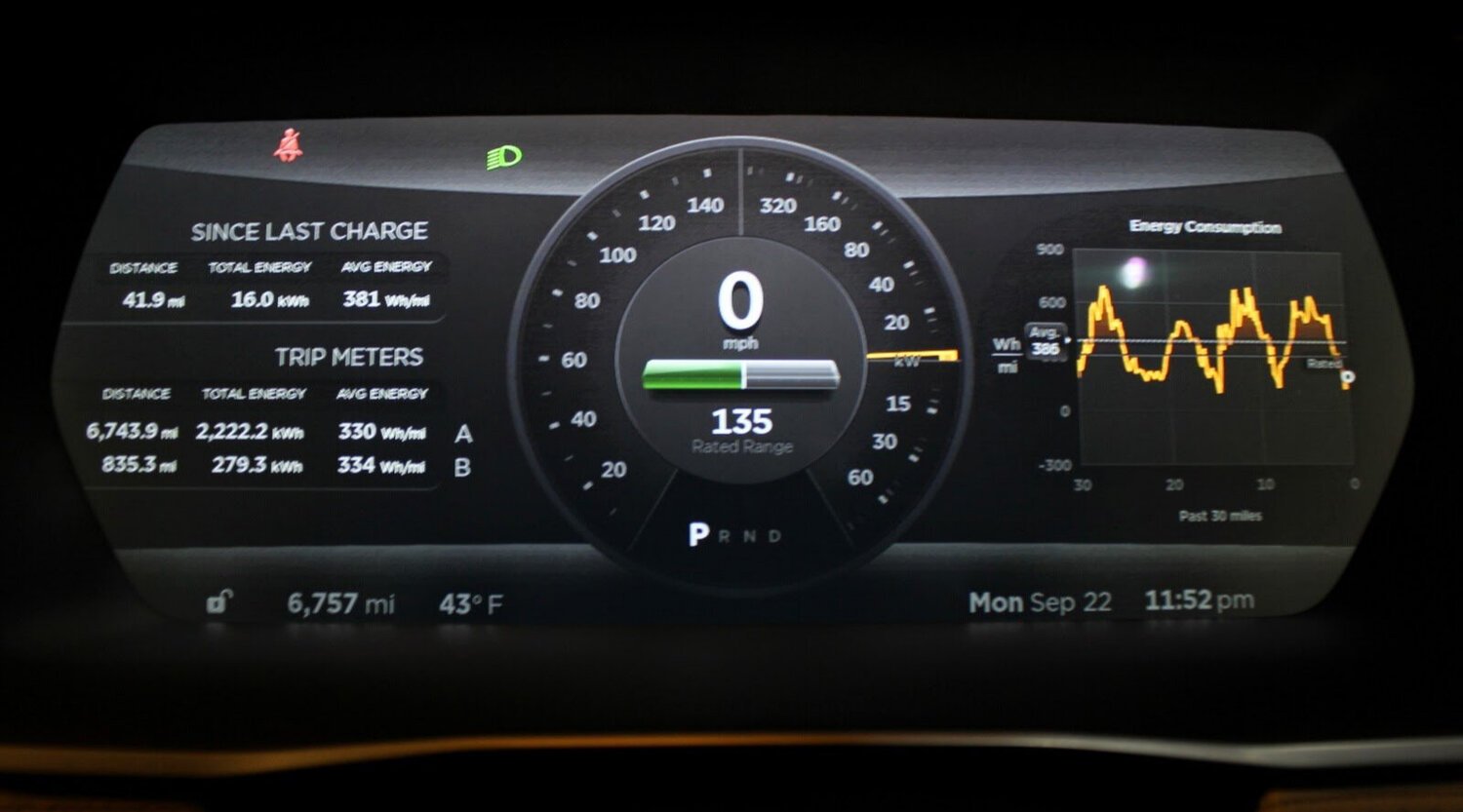Why Aren’t Our Buildings More Like Our Cars?
I’m not thinking about mobile homes. I’m thinking about how smart our cars have become while most of our buildings are no smarter, perhaps, than cars from the 1940s¹.
My car tells me when it needs service, based on sensors on key components. It alerts me when I have a flat tire.
My plug-in hybrid electric vehicle tells me how efficient my driving is and gives me tips on reducing fuel consumption or extending battery range. It automatically optimizes the use of gasoline versus electric charge based on where I am driving, along with my preferences for power and range. It uses those preferences, and outdoor temperature, to optimize heating and cooling of the cabin. It charges the battery based on my schedule and the load on the electrical grid.
It watches my driving and alerts me if I become drowsy. It can call for help if I have an accident or a breakdown.
My car provides an integrated user experience that spans the traditional steering wheel, brake and accelerator pedals with my smartphone and voice commands. This user experience is so easy to learn that I can pick up a rental car and be driving it within five minutes.
You can see where I’m going here.
All these behaviors have direct analogs in buildings, and yet we seldom see:
sensors on building equipment that warn of immediate or emergent problems
automated advice to building operators and occupants to run the building more efficiently
optimal management of dual fuel sources (think of combined heat and power plants)
adapting electricity use based on the demands of the grid and the comfort needs of occupants
detecting health and wellness issues of occupants
Even when the elements of building intelligence exist, the user experience (for both staff and occupants) is awkward, fragmented and hard to learn.
Luckily there is one good thing about buildings: they can easily be retrofitted with sensors, controllers and integrated into easy-to-use software in the cloud and on mobile devices. Finally we are seeing a new wave of building intelligence platforms roll out and be deployed in new and existing buildings, even ones that have been around since the 1940s.
Learn more about Building Intelligence as a Service
Learn more about Connected Apartment Building Products
¹ The 1940 Oldsmobile Series Sixty is considered the first commercially successful automatic transmission https://en.wikipedia.org/wiki/Hydramatic


